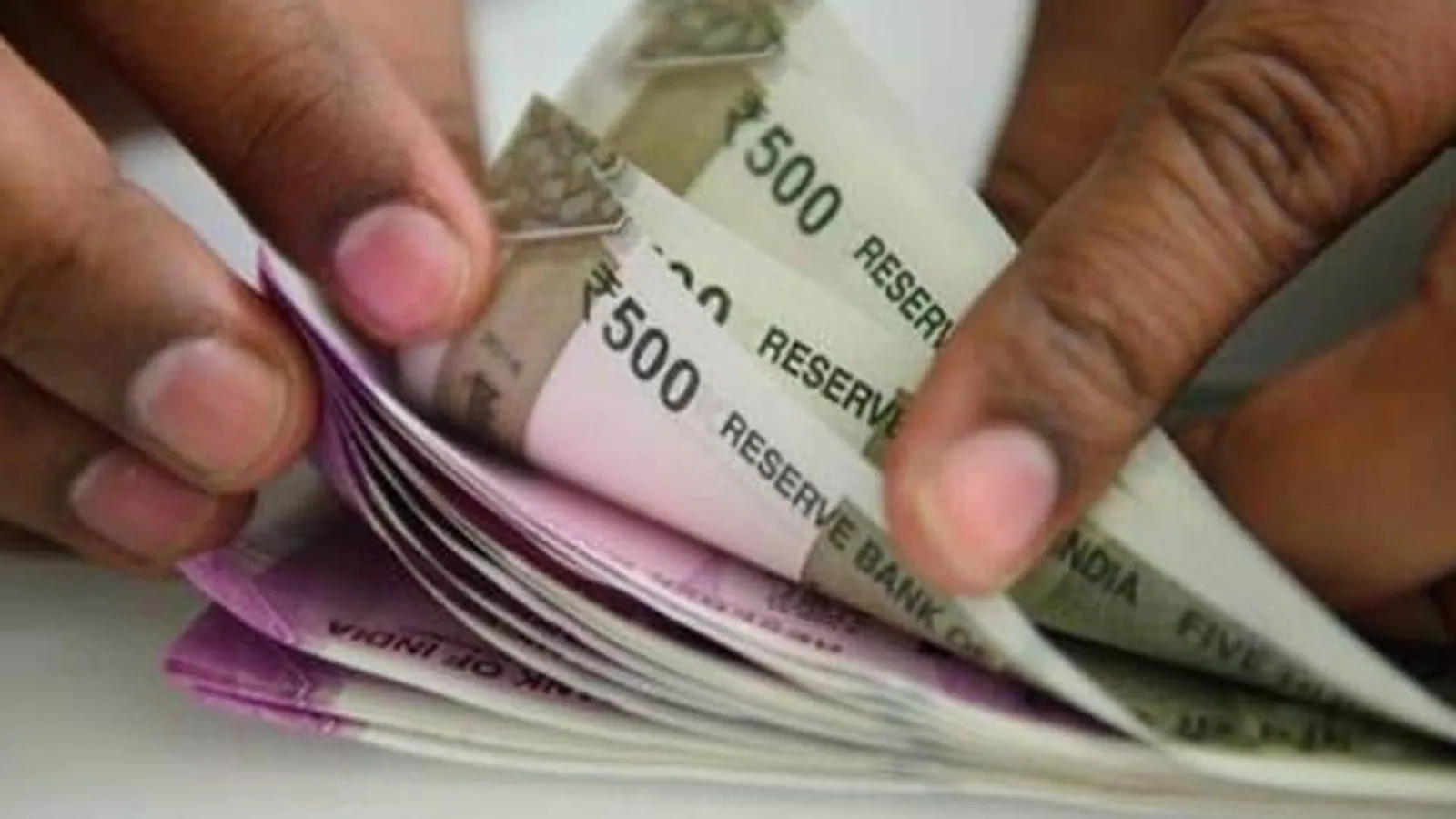Just a couple of years after the Covid-19 pandemic disrupted the global economy, the world is once again facing widespread economic turmoil. Inflation rates continue to be much higher than historical levels, not necessarily as a result of what economists describe as overheating, but due to supply chain disruptions due first to the pandemic and then to the ongoing war between Russia and Ukraine. Most experts believe that things could get worse due to gas shortages in winter, especially in Europe. An increase in gas prices will not only reduce household budgets due to heating costs, but it will also disrupt companies’ cost calculations due to a sharp increase in energy costs. With central banks around the world raising interest rates to contain inflation (there is still debate about how effective raising rates is in outpacing supply-side inflation), growth rates are expected to take another hit.
While India’s economy remains a rare and brilliant sport in the world, at least in terms of growth rates, the upcoming global slowdown and volatility in currency and capital markets have not left it untouched, both in the front of macroeconomic stability and in the general. increase. How resilient is the Indian economy to the next global economic winter? Here are three charts that attempt to answer this question.
Is India facing a balance of payments crisis?
At least two factors have brought this issue to the agenda. RBI has used a significant portion of foreign exchange reserves to stabilize the value of the rupee in recent months, and yet the rupee has been losing value against the US dollar. Does this mean that India may face a balance of payments crisis? One of the most widely used metrics of the balance of payments resilience suggests that raising the red flag at this point will be premature. India faced its biggest balance of payments crisis in 1991, which in a way triggered the program of economic reforms. Back then, India’s foreign exchange reserves might have paid less than a month of its import bill. The import hedge of foreign exchange reserves has risen steadily since then and has remained at comfortable levels ever since, barring occasional volatility. Data from the Center for Monitoring the Indian Economy (CMIE) show that India’s foreign exchange reserves would have paid for 8.8 months of imports in the month of August 2022, the latest period for which this data is available. While this looks like a sharp import cover drop of over 28.1 months in April 2020, it is more a result of the pandemic bringing imports to a complete halt and the drop in import bills due to a sharp drop in crude oil prices. Sure, this multiple has been higher in the past, but it hasn’t fallen to alarming levels yet.

Will a global slowdown affect India’s growth?
It will, through two routes. Exports played a major role in the post-pandemic recovery and with global growth, especially in advanced economies, falling, India’s export earnings are bound to face headwinds. In fact, this process has already started, as can be seen from the monthly export and import data. “Exports have been a major driver of India’s post-pandemic recovery, but are slowing due to weak global growth. Mid- and low-tech exports have slowed since June. High-tech goods export volumes showed their first signs of slowing in August,” notes a Sept. 26 research note by Pranjul Bhandari and Aayushi Chaudhury of HSBC research. The other way a global recession will negatively affect India’s growth story is a decline in business confidence due to heightened global uncertainty. This does not bode well for the revival of the private cap-ex cycle. Still, the fact that India is not as tied to the global economy, especially manufacturing supply chains, as some other countries (including Southeast Asian tigers) could prove a redeeming factor.

Will moderation in global commodity prices, especially oil, help?
When the Ministry of Finance published its Pre-Budget Economic Study on January 31, 2022, it forecast average crude oil prices for the fiscal year 2022-23 at $85 per barrel. This assumption seemed far from reality after Russia invaded Ukraine on February 24. Crude oil prices peaked at over $120 a barrel in June. Since India imports more than 80% of its energy needs, higher crude oil prices are a triple whammy as they have an adverse impact on inflation, trade balance, and fiscal position. The only advantage that the current recessionary environment has brought to the Indian economy is the moderation in energy prices due to the prospects of falling demand. In fact, crude oil prices have fallen below $85 a barrel in recent days. While most experts don’t expect prices to fall too much lower levels any time soon, and the rupee’s depreciation has offset the decline in energy prices to some extent, policymakers have a very strong cushion. necessary in terms of cheaper energy prices as they work to secure a landing for the Indian economy in what is an extremely turbulent global environment.







